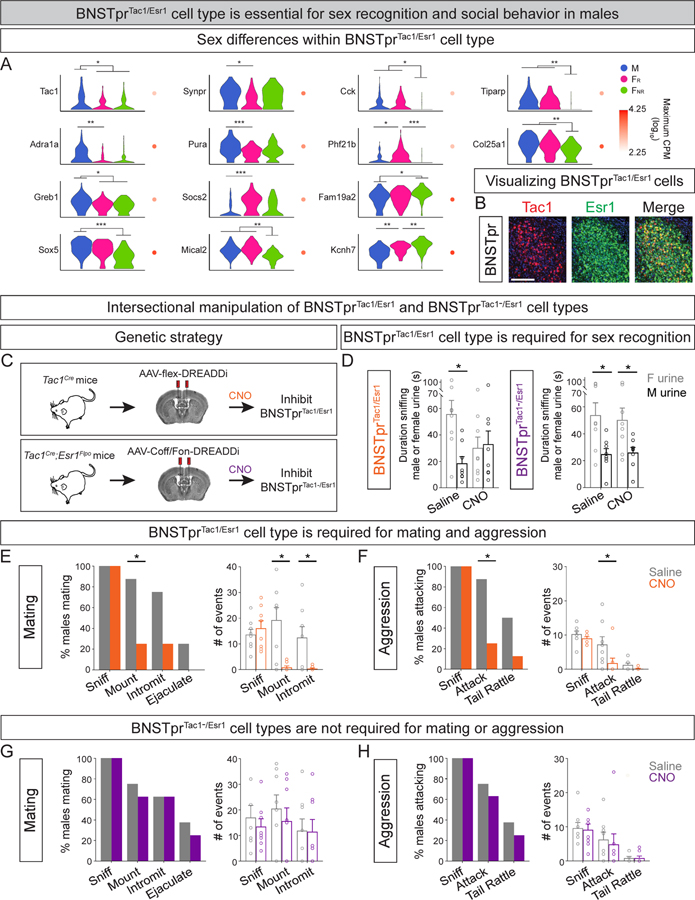Figure 6: The BNSTprTac1/Esr1 cell type, among all BNSTprEsr1 cell types, is essential for sex recognition, mating, and aggression in males.
A. Violin plots of a subset of DEGs in the BNSTprTac1/Esr1 cell type. Table S7 lists all DEGs in this cell type.
B. Salt and pepper distribution of Tac1 mRNA in Esr1+ BNSTpr neurons. Scale bar = 100 μm.
C. Schematic of intersectional chemogenetic strategy to inhibit BNSTprTac1/Esr1 (top) or BNSTprTac1−/Esr1 cell types.
D. Inhibition of the BNSTprTac1/Esr1 cell type, but not BNSTprTac1−/Esr1 cell types, abolishes male preference for female urine.
E. Inhibition of the BNSTprTac1/Esr1 cell type reduces the probability of resident males initiating mating toward receptive females as well as the number of mount or intromission events/test.
F. Inhibition of the BNSTprTac1/Esr1 cell type reduces the probability of resident males attacking intruder males as well as the number of attacks/test.
G. Inhibition of BNSTprTac1−/Esr1 cell types does not alter mating of resident males with receptive females.
H. Inhibition of BNSTprTac1−/Esr1 cell types does not alter aggression of resident males toward intruder males.
Mean ± SEM. n = 2 (B), 8 (D-H). *p < 0.05, **p < 0.01, ***p < 0.001.
See also Fig. S6.

